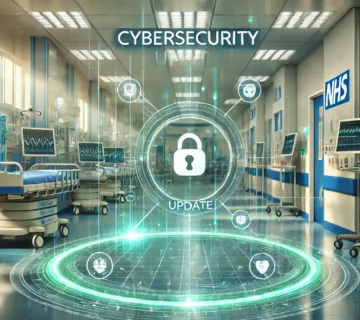
Business Continuity: Navigating Unpredictability
Welcome to our B.C.B, where we unravel the strategies and insights crucial for sustaining operations in an unpredictable world.
1. Understanding B.C:
– Definition and importance in today’s dynamic business landscape.
2. Building a Robust Continuity Plan:
– Step-by-step guide to creating a resilient business continuity plan.
– Key components and considerations for various industries.
3. Disaster Recovery and Preparedness:
– Mitigating risks through effective disaster recovery strategies.
– Preparing your business for unforeseen challenges.
4. Technological Solutions for Continuity:
– Leveraging IT infrastructure for seamless business operations.
– Cloud-based solutions and their role in continuity planning.
5. Remote Work Strategies:
– Navigating the shift to remote work and maintaining productivity.
– Tools and technologies supporting remote collaboration.
6. Testing and Updating Your Plan:
– The importance of regular testing and refining of continuity plans.
– Adapting to evolving threats and challenges.
7. Case Studies in Business Continuity:
– Real-world examples of businesses overcoming disruptions.
– Lessons learned and best practices from successful implementations.
8. Regulatory Compliance:
– Navigating industry regulations related to business continuity.
– Ensuring your plan aligns with compliance standards.
9. Employee Training and Awareness:
– The role of employees in ensuring the success of continuity plans.
– Training programs and fostering a culture of resilience.
10. Continuous Improvement:
– Strategies for continuous improvement of your BC efforts.
– Incorporating feedback and staying agile in the face of change.
Join us as we explore the world of Business Continuity, providing you with the knowledge and tools needed to safeguard your business in the midst of uncertainty. Stay prepared, stay resilient!


Ransomware Hackers Target NHS Hospitals with New Cyberattacks

Deloitte Hacked: Brain Cipher Ransomware Group Allegedly Steals 1 TB of Data

Critical Veeam Service Provider RCE Vulnerability

New VPN Vulnerabilities: Attack Targets Palo Alto Networks and SonicWall Products

